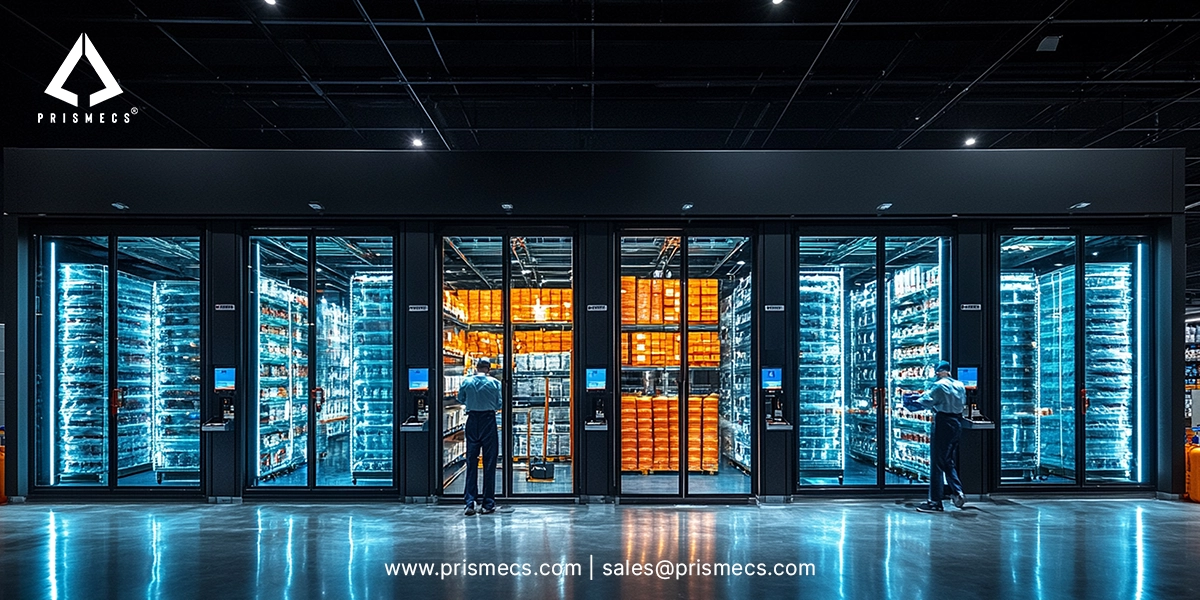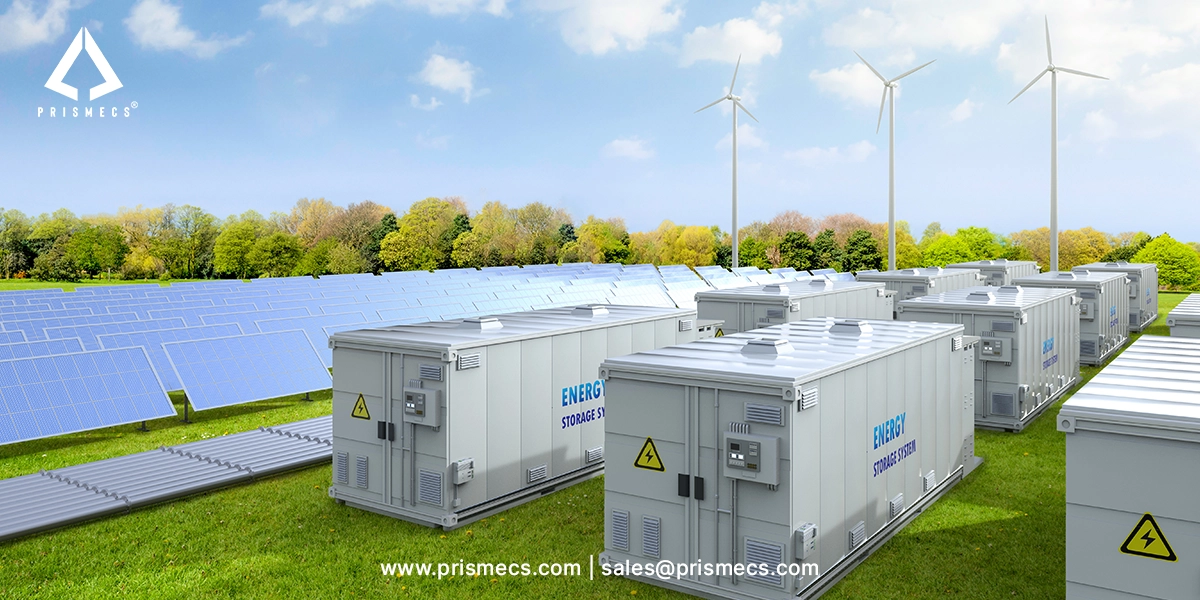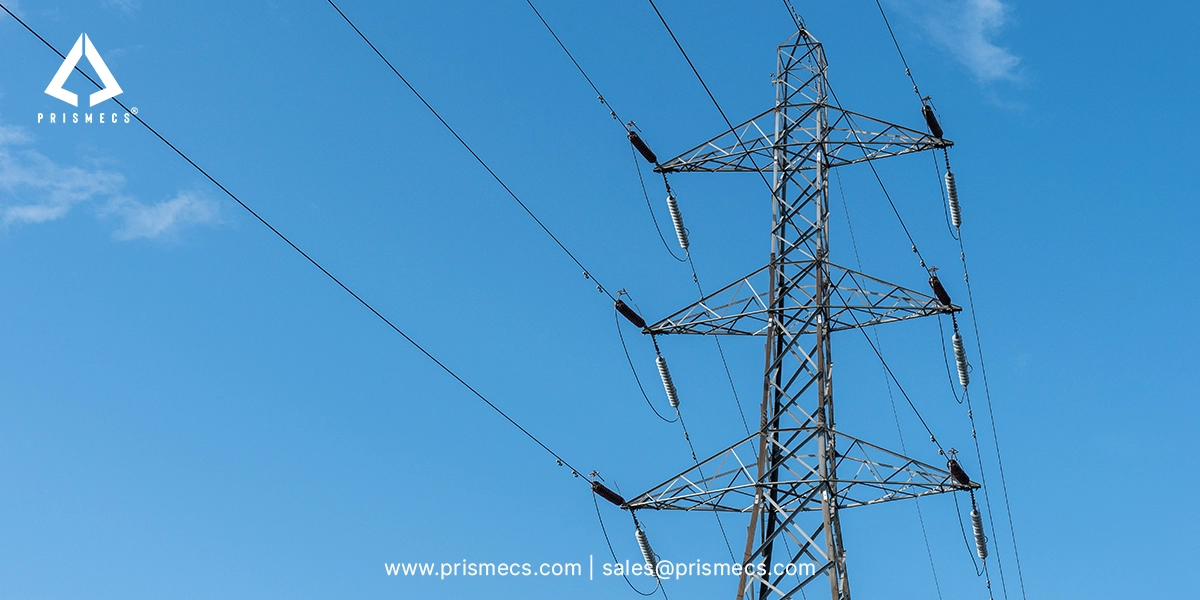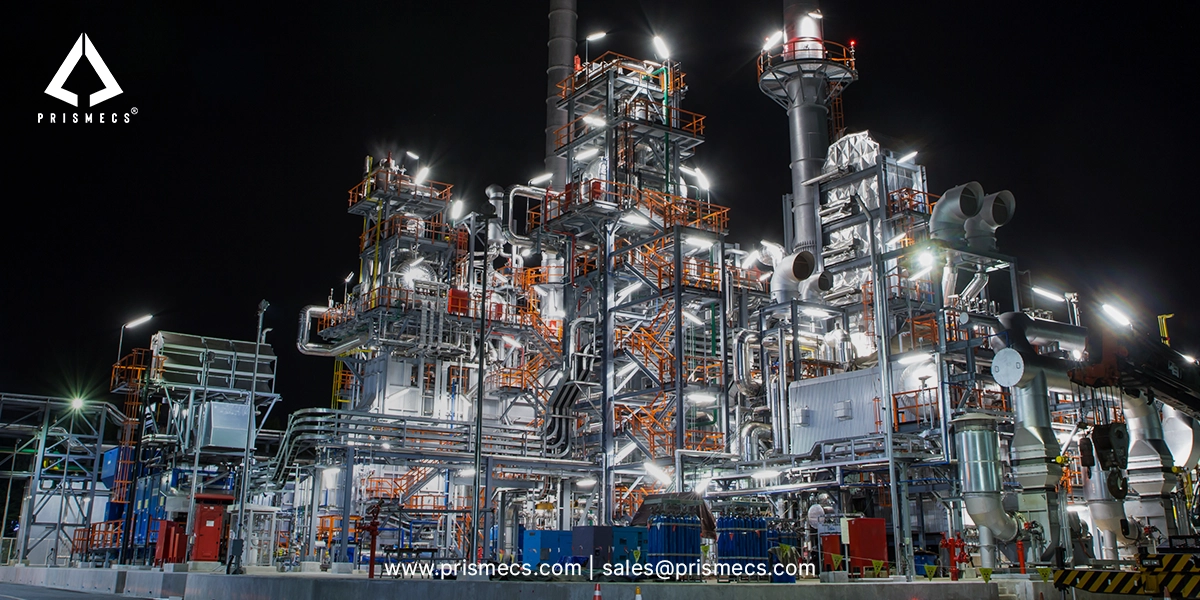
AI Data Centers are revolutionizing how we process and manage information. Businesses are increasingly relying on advanced facilities, driven by the use of artificial intelligence and data-driven decision-making. But what exactly makes AI data centers so powerful? AI data centers are equipped with cutting-edge infrastructure and advanced networking. They use energy-efficient cooling systems to shape the future of computing. They meet rising demand for data and support large-scale AI applications, driving industry innovation. In this blog, we explore features, technologies, and design elements that deliver unmatched performance.
AI Data Centers: The Engine of Modern Technology
AI data centers stand at the core of the AI revolution. Unlike traditional facilities, these centers optimize everything, from processing AI workloads to managing power consumption. They support applications that require massive computing power, including natural language processing, machine learning, and robotics. The growing demand for data continues to push the boundaries of what these facilities can handle. AI data centers rise to the challenge with specialized hardware, fiber optics, and advanced networking equipment. These components ensure seamless data flow and ultra-fast processing, which is essential when accelerating AI applications.
Specialized Hardware for AI Workloads
Standard servers no longer suffice. AI data centers now use high-performance GPUs, TPUs, and specialized accelerators. These components efficiently handle Artificial Intelligence (AI) workloads. These processors work faster and more efficiently, delivering quick insights and real-time predictions. Unlike traditional CPUs, these advanced chips process large datasets in parallel. This capability plays a crucial role in training large-scale AI models. It also processes millions of transactions within seconds.
Data Volume
Modern AI systems manage an enormous amount of data every second. Specialized hardware ensures quick processing, storage, and analysis without performance loss. GPUs and TPUs handle massive data inputs with accuracy and speed.
AI Scalability
Artificial Intelligence (AI) applications demand consistent computing power. Dedicated processors support large-scale model training, automation, and analytics while minimizing latency and boosting efficiency.
Network Performance
Strong network infrastructure enables smooth data transfer across long distances. Optimized connectivity between edge devices and cloud systems reduces delays and enhances real-time AI performance. The result? Faster performance, reduced latency, and increased throughput.
Advanced Networking and Fiber Optics
AI and data systems rely on speed, and that’s where advanced networking comes into play. AI data centers use high-speed fiber optics to ensure low-latency communication between servers, storage, and edge devices. Networking equipment, such as high-bandwidth switches and routers, helps manage traffic smoothly. These tools minimize bottlenecks, allowing AI applications to operate at peak efficiency.
This level of connectivity supports rapid data transmission across the facility. It powers real-time analytics and deep learning models.
Energy Sources and Efficiency
Power consumption is a major factor when building and operating AI data centers. These facilities require a substantial amount of energy to run computational systems, AI tools, networking gear, and cooling systems. To manage this, companies are now integrating renewable energy sources such as solar, wind, and hydro. Using clean power not only reduces environmental impact but also improves long-term sustainability. In the United States, major data center operators partner with utility providers. They also partner with the Department of Energy to build more efficient energy grids. This partnership enables smart energy distribution through improved transmission lines and grid modernization.
From Fossil Fuels to Renewables
Many data centers still depend on fossil fuels and natural gas for power. However, operators are now replacing these with renewable energy to reduce emissions and promote sustainable growth. This transition ensures energy-efficient operations that align with global climate goals.
Smarter Storage Systems
An efficient storage system is vital for reducing energy consumption. Modern facilities utilize tiered storage and AI-driven automation to optimize workload distribution and allocation. These AI tools monitor system performance, optimize cooling, and lower operational costs across the entire infrastructure.
Predictive Energy Insights
Predictive analytics enables data centers to forecast power demand and resource utilization. This allows for smarter energy allocation and keeps systems cost-effective. By utilizing data-driven models, operators can enhance reliability while facilitating the integration of long-term renewable energy sources. Continuous improvements in AI and data center processing efficiency could reduce energy consumption. Experts estimate the level could reach approximately 1,000 TWh by 2030.
Related: A Guide to Data Center Commissioning Best Practices
Innovative Cooling Systems
AI workloads generate a substantial amount of heat, making efficient cooling a crucial requirement. Traditional air conditioning systems fall short in AI data centers. These facilities implement advanced air cooling and liquid cooling technologies to maintain optimal operating conditions. Air cooling remains one of the most widely used methods for cooling. High-velocity airflow systems remove heat from the racks and direct it out of the building. Some centers also utilize water-cooled doors or immersion cooling for even more effective thermal management. By maintaining temperature control, these methods safeguard expensive hardware and prolong the lifespan of equipment.
Scalable Infrastructure for Large-Scale Operations
Scalability is key in today’s data-driven world. AI data centers must expand rapidly to accommodate the growing demand for AI workloads. Flexible data center infrastructure, modular racks, software-defined networking, and cloud-native platforms enable this. With cloud integration, these centers scale horizontally across locations, ensuring efficient resource management data, and strong data redundancy. Businesses can deploy new applications without worrying about storage or computer limitations.
Data Analysis & AI Systems
AI systems depend on powerful data analysis to optimize operations. These systems handle large datasets, enhance efficiency, and maintain high performance levels across multiple centers.
Power Sources & Efficiency
Reliable power sources ensure that AI operations remain stable and efficient. Utilizing renewable power options helps reduce costs and support sustainable growth in data centers.
Fiber Optic Cables & Connectivity
Fiber optic cables provide fast and stable connections across data centers. They reduce latency, support real-time processing, and strengthen communication between AI systems.
AI and Data Security
As AI and data become central to national infrastructure and economic strategy, concerns about security and economics grow. AI data centers take a multi-layered approach to security. Physical access control, biometric authentication, and video surveillance keep intruders out. On the cyber front, AI strengthens security by detecting threats, automating responses, and managing network traffic patterns. Many centers work with government agencies, including the Department of Energy, to ensure national data safety and grid resilience. This proactive stance protects critical systems from breaches, downtime, and service disruptions.
Related: AI is Reshaping the Power Generation Needs of Data Centers
Driving Innovation in the United States and Beyond
In the United States, the push for technological dominance in AI drives rapid investment in AI data centers. Tech giants, startups, and research institutions recognize these facilities as the backbone of digital transformation. Federal and state programs support new data center projects. These projects typically emerge in regions with favorable climates and access to renewable energy sources. These hubs foster innovation, generate jobs, and build resilience in the digital economy.
Cutting-Edge Design Meets Function
The design of AI data centers plays a crucial role in their power consumption. From layout to materials, every element supports maximum performance and uptime.
Infrastructure for Efficient Operation
Raised floors, hot/cold aisle containment, and airflow optimization ensure efficient operation. These features reduce energy waste and maintain stable environments for equipment.
DCIM Software Integration
The integration of data center infrastructure management (DCIM) software enables operators to effectively monitor energy usage. It allows tracking of equipment health and network activity in real-time.
Continuous Improvement in Design
This visibility enables quick decision-making and minimizes risk. Engineers refine each new facility, making centers more advanced, efficient, and reliable.
Read More: Discover Leading Data Center Solutions for Scalability
The Road Ahead
AI data centers will continue to evolve as new challenges and opportunities emerge. The increasing reliance on AI applications in healthcare, finance, manufacturing, and government sectors. This growth raises demand for performance and efficiency. Future facilities will likely integrate quantum computing, edge processing, and even smarter AI-driven automation. These advancements will further push the boundaries of computing. But the core remains the same: intelligent design, powerful hardware, energy-efficient systems, and secure infrastructure.
At the Bottom Line
AI data centers are more than just server farms; they are the foundation of today’s digital world. They process massive AI workloads efficiently. They manage power consumption effectively. They support large-scale operations. These abilities make them essential to both industries and governments. By combining cutting-edge technology, renewable energy sources, advanced networking, and secure infrastructure, these centers enable the next wave of global innovation. The demand for AI and data continues to rise. This rise makes building smarter, more efficient AI data centers increasingly critical.
Partner with Prismecs for Expert AI Data Center Solutions
Prismecs ensures access to comprehensive, expertly engineered data center solutions tailored to meet the evolving demands of your business. With a deep commitment to performance, reliability, and innovation, it delivers end-to-end support that enhances operational efficiency and long-term scalability. We help clients design, build, and maintain high-performance data centers that support their digital infrastructure goals. Choose Prismecs as your trusted partner in driving digital transformation and sustaining competitive advantages. Please contact us at +1 (888) 774-7632 to take advantage of our data center commissioning services. You can also email us at sales@prismecs.com. Connect with us to learn how we can power your AI journey from infrastructure to innovation.
Tags: AI Data Centers AI and Data AI Applications Data Center Infrastructure Demand For Data AI Workloads Artificial Intelligence AI Tools Power Sources AI Systems
recent posts

EPC Services
7 minutes read
EPC Power: From Design to Delivery of Reliable Energy System
Discover how EPC power solutions streamline design to delivery, ensuring reliable, efficient, and future-ready energy systems in one integrated proces...

Data Centers
12 minutes read
Powered Shell Data Centers | Benefits, Design & Adoption
Discover the benefits, design, and adoption of powered shell data centers. Learn how they boost speed to market, scalability, and energy efficiency.

Distributed Energy Services
9 minutes read
Smart Grid and Distributed Energy Resources
Discover how smart grids and distributed energy resources (DER) work together to create efficient, resilient, and sustainable energy systems for the f...

Petrochemicals
8 minutes read
Petrochemical Plant Operations Explained
Discover how petrochemical plant operations work, from raw material processing to product output. Learn key processes, safety, and technologies involv...